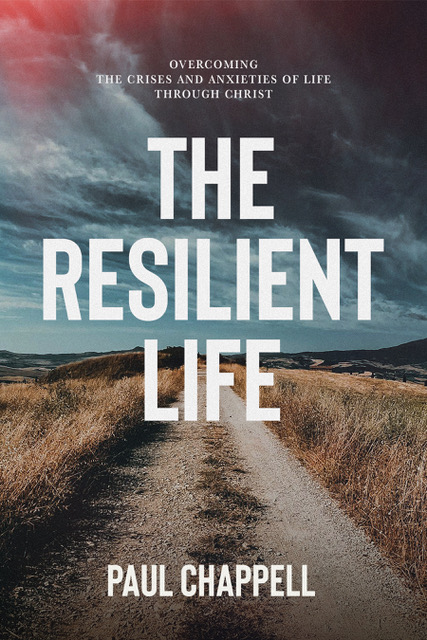
The name Shubal Stearns is familiar to students of Baptist history. And it is familiar to the church family at Buffalo Ridge Baptist Church, where I preached yesterday.
Shubal Stearns was saved under the preaching of George Whitfield during the American Great Awakening.
After his salvation, Stearns, through study of Scripture, became a Baptist. A few years later, in 1755, he planted the Sandy Creek Baptist Church in North Carolina. As Stearns preached the gospel, God blessed, and what became known as the Sandy Creek Revival swept the region. Within three years, the church had baptized over nine hundred new converts. Stearns began itinerant preaching trips which resulted in many salvations and hundreds of new Baptist churches planted.
One of the people who were saved and discipled under the ministry of Stearns was Tidence Lane. In 1779, during the middle of the War for Independence, Lane moved to Tennessee and planted the first Baptist church on Tennessee soil—Buffalo Ridge Baptist Church.
That was 244 years ago. Today, this church is not only the oldest Baptist church in Tennessee, but it continues to flourish.
Over the past 244 years, this church has had thirty-two pastors, including the present pastor, John Herdman, who is doing a tremendous job. Sometimes when we think of pastoral succession, we think only in terms of the replacement of people. But the most important element in succession is the transference of truth. The Buffalo Ridge Baptist Church is an example of the transference of truth that God designed the local church to carry out.
And the things that thou hast heard of me among many witnesses, the same commit thou to faithful men, who shall be able to teach others also. (2 Timothy 2:2)
And what is especially exciting about this church is that nearly 250 years later, the truth is still being proclaimed. Yesterday, the gospel was preached, people were saved, people were baptized, and the work of the ministry continues.
It’s especially joyful to me that West Coast Baptist College graduates have a part in this story. Currently, there are two WCBC graduates serving on pastoral staff with their wives, who are also WCBC graduates.

In the 1960s, the church moved to a new property with room to build, but the original church cemetery remains. As I walked through it, I read the gravestones of people who died in the 1800s, including the second pastor of the church, who had loved the Lord and been faithful to Him since the early days of that church.

As I think today of the great need around our nation for new churches, especially in major cities where there are millions of people and only a few Baptist churches, I pray that God will raise up a new generation of Tidence Lanes—men who will find an area in need of a gospel witness, plant their feet, preach the gospel, disciple new converts, and start a legacy of faithfulness for a new church family.



